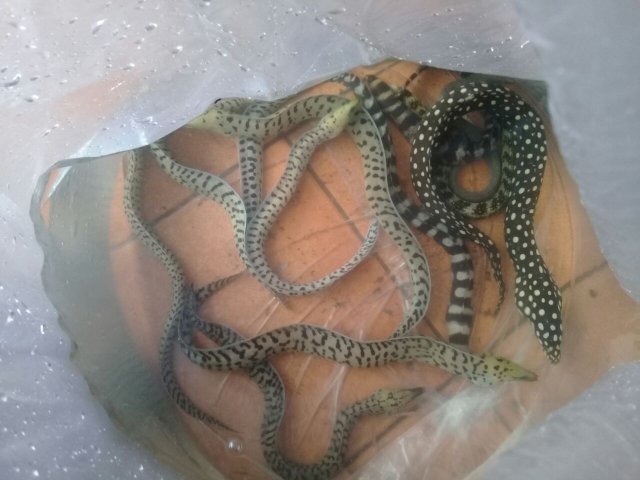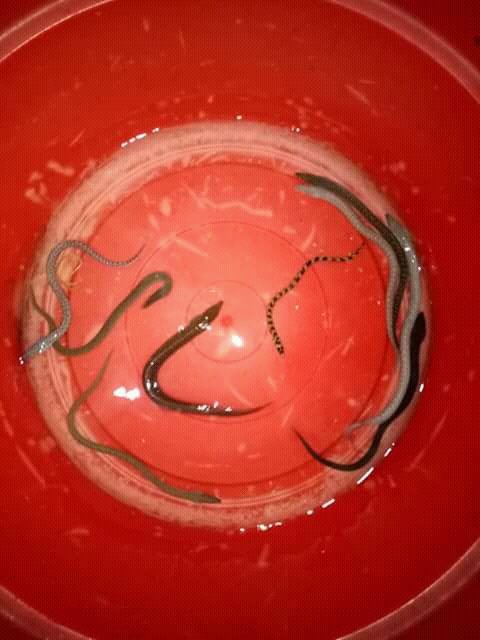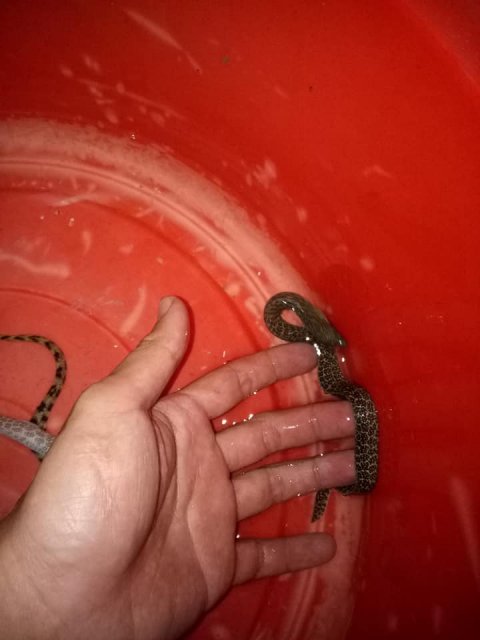Indeed that is a good practice which is what I do I never advise anyone to do such things...
I've done some research with and talked a lot with aquarium curators and a marine biologist professor in I think the southern California area (orange county I believe) a few years ago and there are a lot of marine fish you can buy at your local fish store that can live out their full lives in close to freshwater quite comfortably. Fimbriated morays are one example I've seen in the past on here. Someone said with full confidence that they couldn't even tolerate brackish when I've seen one over 3 feet long and over 7 pounds in 5 ppt which is VERY low salinity most fw aquarium fish can live in. I've personally grown cobia, S&S puffers, dog face puffers, emperor snappers, panther groupers and more in 2-5ppt. At the end of the day I'm not going to go out of my way to talk about it or share it because many people on this forum that do a quick general google search and act like they know everything when they just keep simple cichlids on a small scale and don't really know anything about modern aquaculture. Just thought I'd say that because there were a couple threads where you were completely right and a few people were being ignorant lol...
Again you're right about many marine species has a wide range of adaptability. The same cannot be said about freshwater species though. Most freshwater fishes will die in brackish and full marine, while many marine fish can actually thrives in a wide range of salinities. I think it's due to hunting/eating habits; marine fishes regularly enters the estuarium to chase their preys, and gradually overtime, certain populations of such fishes developed higher adaptability to survive in NSW, brackish and NFW. But again, a lot of these travellers will eventually return to the sea.
As for Gymnothorax Fimbriatus, I think fishbase.org has already declared that these fishes do indeed lives in both marine and brackish, and local moray lovers here also in the habit of keep them in both environments.
http://www.fishbase.se/summary/gymnothorax-fimbriatus.html
With all being said and done, it has been months since I keep my brackish aquarium salinity in 10 ppt (around 1.007-1.008sg), so those are the kind of salinity that I am comfortable in keeping my morays.
By the way, How did you managed to keep marine species in 5 ppt? Did you acclimatize them slowly overtime, or do they have such capabilities built-in? Or did you use some kind of chemistry tricks?





